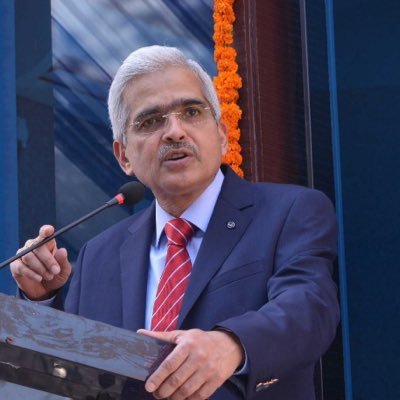Mumbai– The Reserve Bank Governor Shaktikanta Das on Wednesday said the liquidity crisis situation in the country is easing and that the banking system currently has abundace of liquid money. The statement gains significance as the economy is going through a slowdown, with a major reason being lack of liquidity and the eventual lower demand.
The liquidity in the NBFC sector has been severely hit in the past one year. “I have had meetings with both public and private sector banks and the system is today…flush with liquidity,” Das told reporters here, after the Monetary Policy Committee’s (MPC) meet.
The Governor said the internal working group, which was constituted after the previous MPC meeting to comprehensively review the liquidity management framework, is in advanced stage of firming up its response and its deliberations and recommendations will be available shortly for public comments.
“There is an abundance of liquidity in the system currently,” Das said, adding the central bank has injected substantial amount of liquidity into the system through several instruments over the past one year.
The ‘Statement on Developmental and Regulatory Policies’ of the RBI published on Tuesday after the monetary policy meet also noted that during the last one year, the Reserve Bank has taken several measures to facilitate credit flow through a series of open market operations and foreign exchange swaps among other steps.
The statement further announced that the RBI has decided to raise a bank’s exposure limit to a single NBFC to 20 per cent of Tier-I capital of the bank. Currently, under the revised guidelines on large exposure framework (LEF) that came into effect from April 1, 2019, a bank’s exposure to a single NBFC is restricted to 15 per cent of its Tier-I capital. For entities in the other sectors, the exposure limit is 20 per cent of Tier-I capital of the bank, which can be extended to 25 per cent by banks’ boards under exceptional circumstances.
The RBI would also allow bank lending to registered NBFCs (other than micro-finance institutions) for on-lending to agriculture (investment credit) up to Rs 10 lakh, micro and small enterprises up to Rs 20 lakh and housing up to Rs 20 lakh per borrower (up from Rs 10 lakh at present), and they would be classified as priority sector lending.
It would be subject to certain conditions and the guidelines would be issued by the end of the month. On-lending refers to providing loans to a third party. (IANS)







